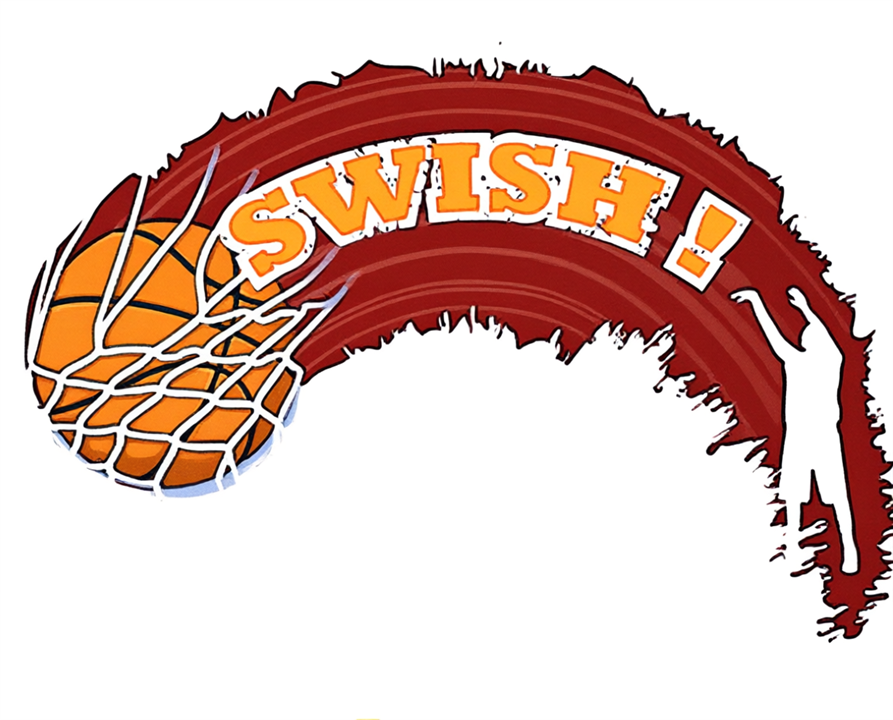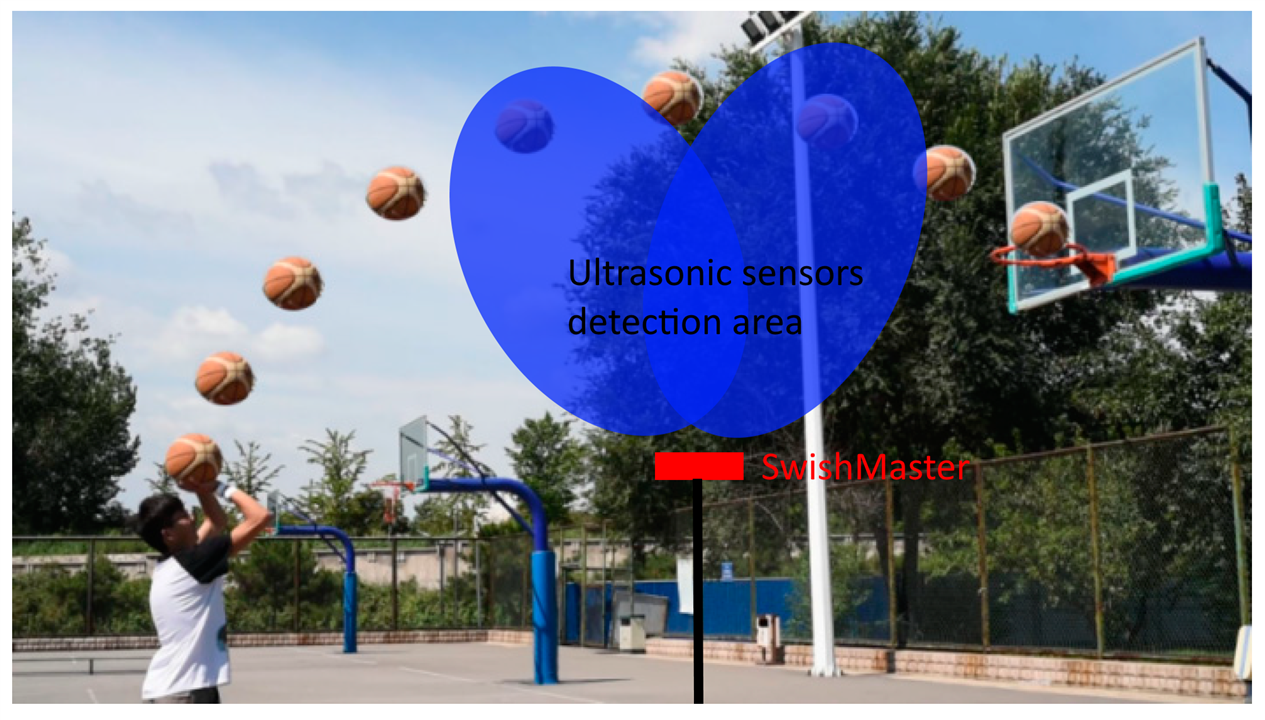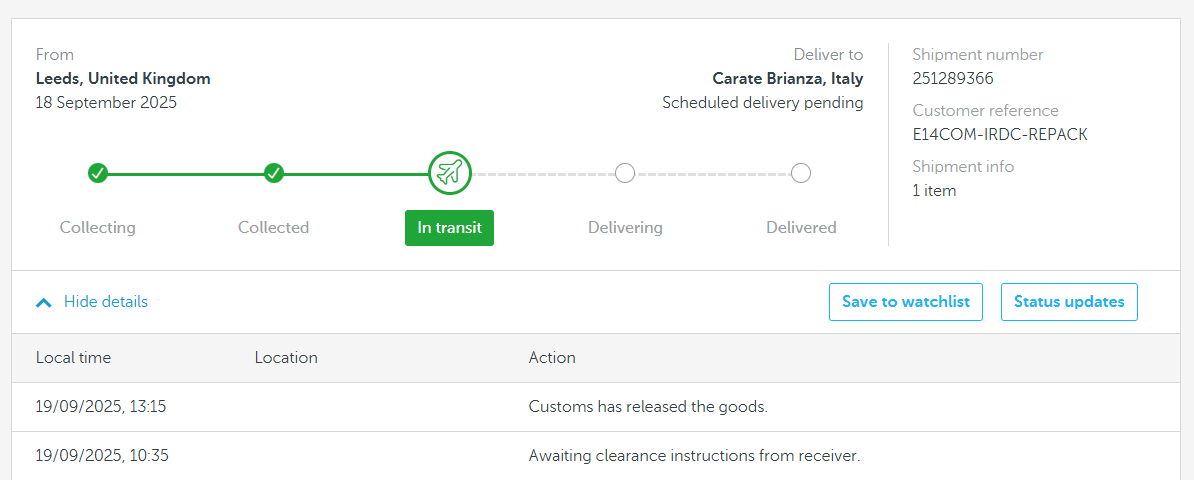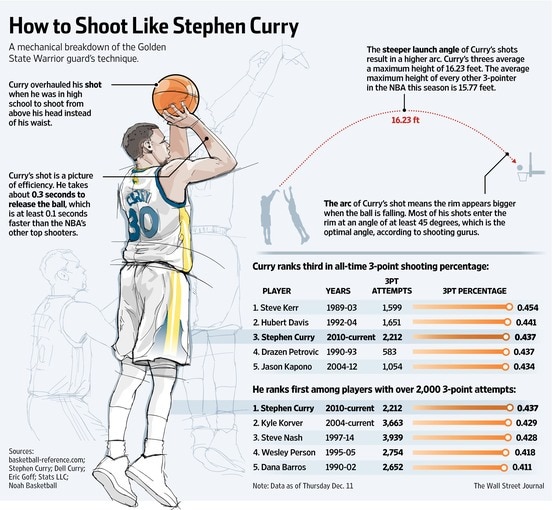If you have ever played basketball at any level, you’ve probably gotten frustrated with your coach yelling at you to shoot with the right trajectory—meaning the ball should leave your hands at about a 45-degree angle. There are several reasons for this, and here are some of them.
- A higher arc creates a steeper angle of entry into the basket, which effectively makes the hoop “larger.” This gives the ball more room to go in, even if the shot isn’t perfectly centered.

(Source: Okazaki, Victor & Rodacki, Andre & Satern, Miriam. (2015). A review on basketball jump shot. Sports Biomechanics)
- Flat shots hit the rim more often and bounce out. With a proper parabola, the ball has a softer downward path, making it less likely to ricochet.
- A consistent arc helps shooters develop muscle memory. Coaches often emphasize an “ideal arc” (around 45°) for reliable results.
- A higher trajectory makes it harder for defenders to block the ball, especially when shooting over taller players.
- A steep descent means the ball contacts the rim or backboard with less horizontal force, increasing the chances of a “friendly bounce”.
- The right parabola allows long-distance shots (like three-pointers) to retain accuracy, since a flat shot from far away has less chance of success.
I often train by myself, so it’s not easy to make a self-assessment of the arc trajectory. That’s why I devised the SwishMaster

This device is built to help you sharpen your shooting skills by giving you real-time feedback on the ball’s trajectory.
Here’s how it works:
The unit is set up halfway between you and the hoop. Since it relies on ultrasonic sensors, it needs to be mounted on a pole about two meters high. That way, it can track the ball’s path at heights between two and four meters.
When you step up to the free-throw line and take a shot, the SwishMaster is already on the job—constantly scanning for the ball. As soon as it detects your shot, it starts recording the ball’s height over time to map out its trajectory.

The samples are stored and the parameters for the best-fitting parabola (a, b, c) are calculated.
Finally, the device calculates the angle at which the ball enters the hoop by taking the derivative at the last detected position.
Both the parabola parameters, the maximum height of the ball and the entry angle are then shown on a local display, giving the player instant feedback.
Steps
The planned steps for this challenge are:
- Evaluate the TDK ultrasonic sensors
- Integrate the sensors in the SwishMaster device, which will be probably based on an Arduino Nano BLE Sense board
- Test on field
- Optionally, develop an Android for a better real-time feedback and post-training analysis
Looking forward to receiving my TDK evaluation kit!


